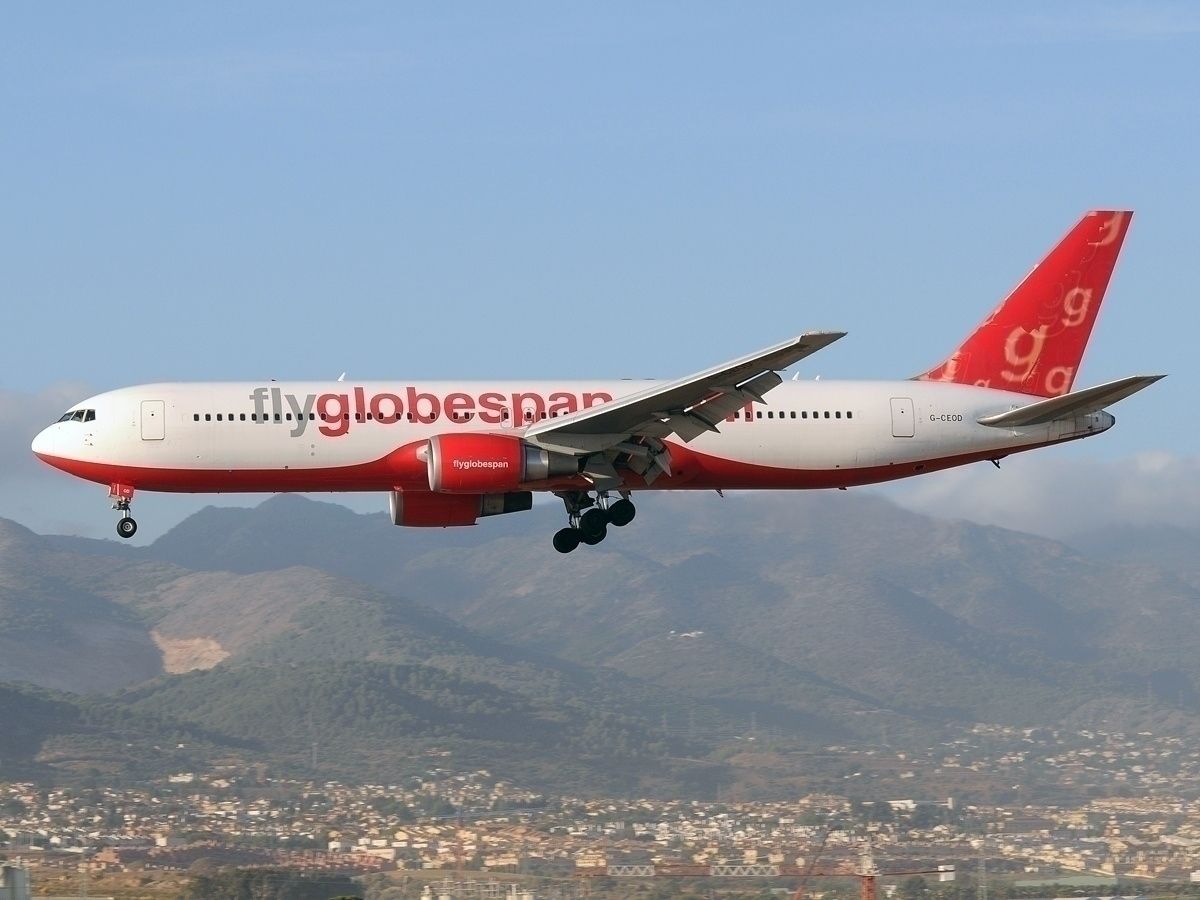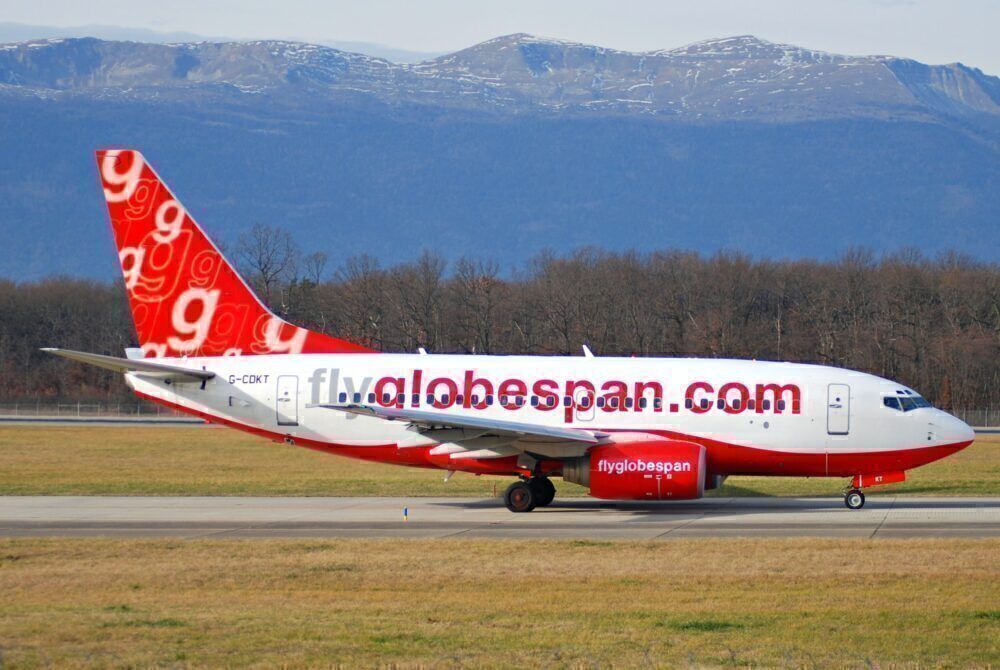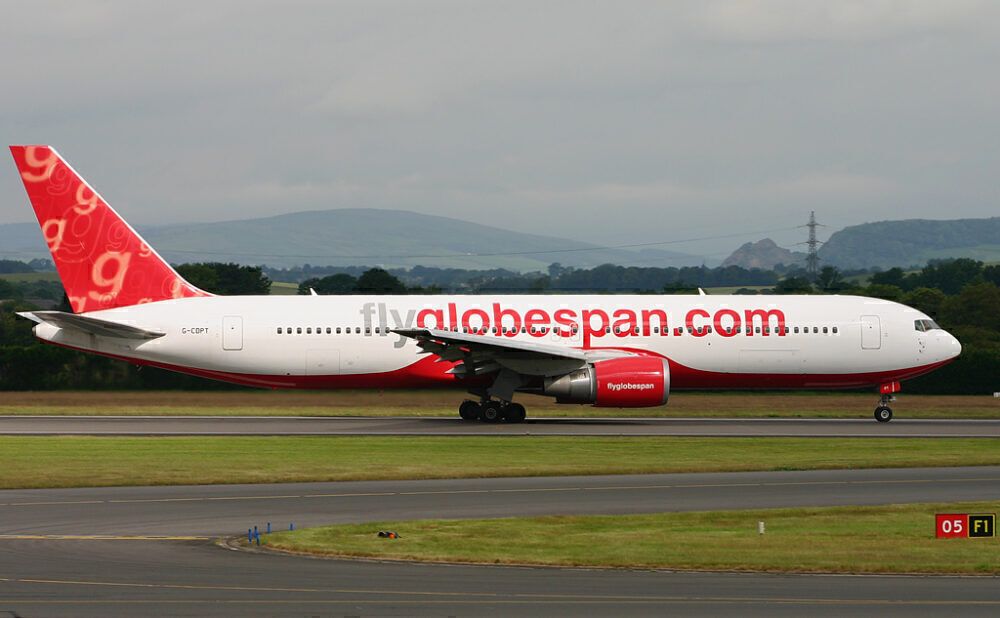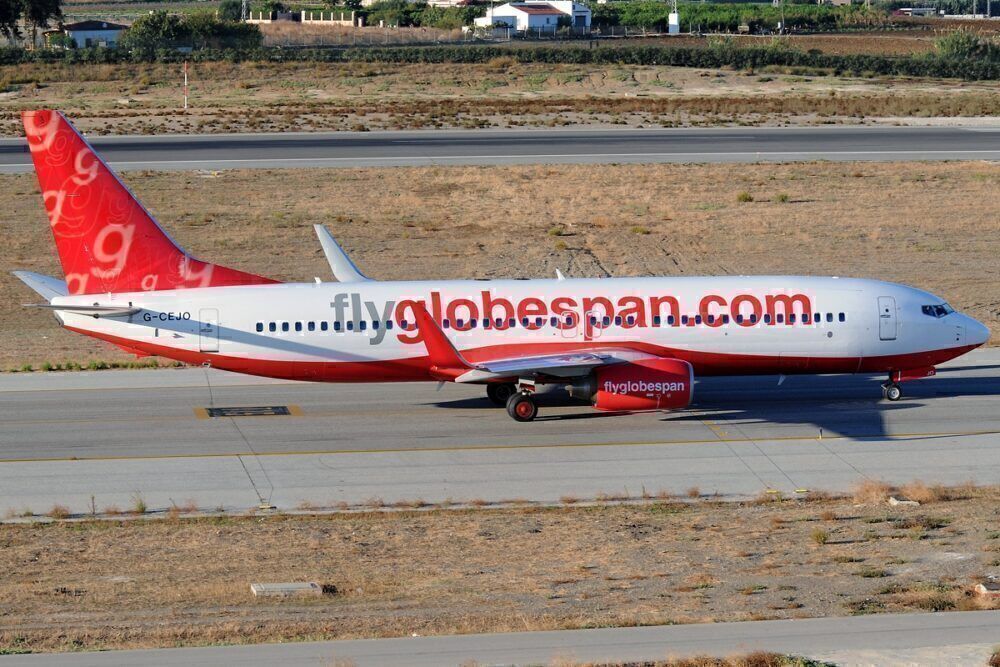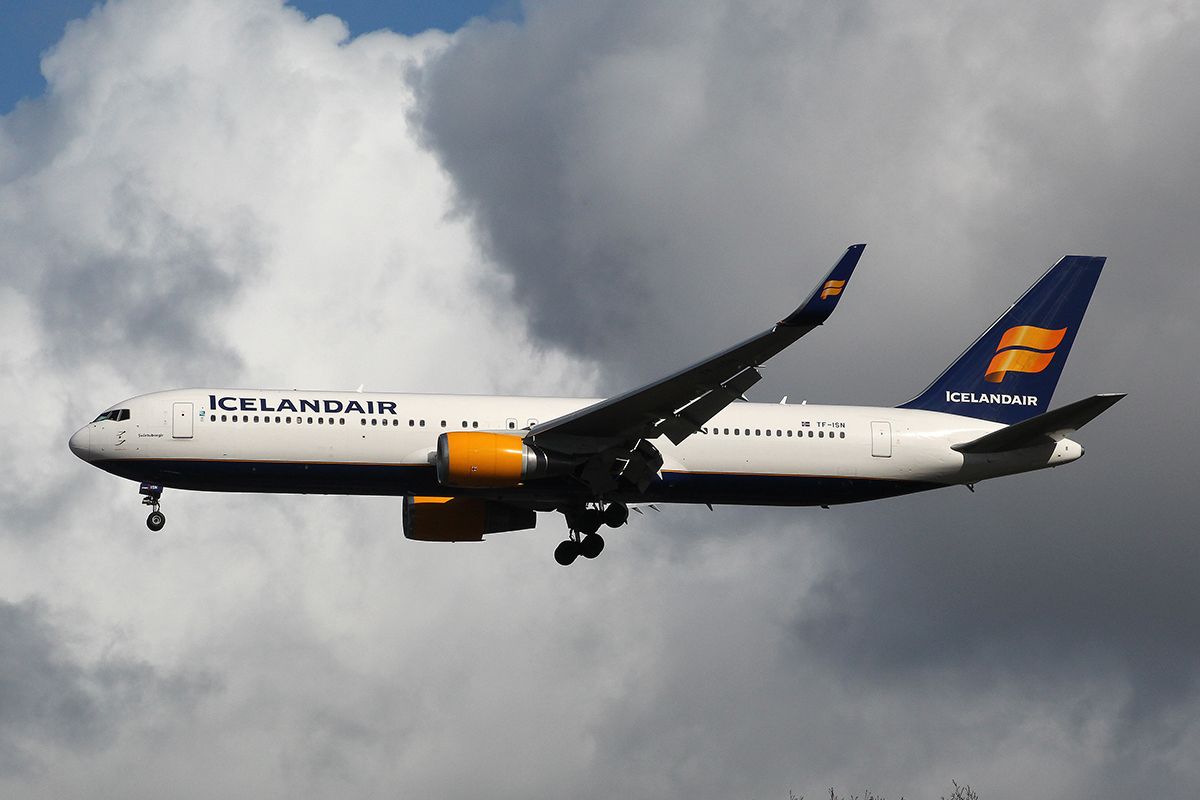The leisure market makes up a significant part of commercial aviation in the UK. This sector has seen numerous carriers come and go over the years. However, few, if any, can claim to have served such enigmatic routes as those covered by Scottish low-cost airline Flyglobespan. But what exactly happened to this curious carrier, whose existence spanned less than seven years?
A brief history of Flyglobespan
Flyglobespan's first services operated in April 2003 out of Edinburgh Airport and Glasgow Prestwick Airport in Scotland. The aircraft it initially used were a pair of Boeing 737-300s, which were provided by Channel Express, which would eventually rebrand as Jet2. Flyglobespan initially served European leisure destinations such as France, Italy, and Spain, which remain popular with UK travelers today.
Within two years, the airline was flying 1.5 million passengers a year, using a larger fleet of nine aircraft. The number of destinations it served had climbed to 15, including Prague, and Spain's Canary Islands. 2005 also saw it launch short-lived Anglo-Scottish domestic services, although these struggled to compete with carriers like easyJet, and lasted just nine months. Nonetheless, expansion continued.
Love aviation history? Discover more of our stories here!
Over the next few years, Flyglobespan began adding long-haul services to North America and Africa, with its long-haul aircraft featuring three different classes of travel. This period saw some obscure combinations of destinations being linked with one another, which we shall touch upon shortly. However, despite this inventive approach to its network, Flyglobespan was unable to sustain itself.
Indeed, increasing financial difficulties, with debts said to be as high as £35 million (£55.5 million or $67.5 million), forced the airline to cease operations on December 16th, 2009. It was placed into administration the next day, bringing its story to an end after just over six and a half years of low-cost airline operations.
Curious city combinations
Despite Flyglobespan's failure, its interesting long-haul services are still worth touching upon. After all, while they represent unusual city pairs, they might be the sort that today's travelers would appreciate. Could the airline have been ahead of its time in terms of operating non-stop, 'long thin' point-to-point routes? That said, certain flights from Knock did make refueling stops when using 737s instead of 757s.
An exception to this today would be its route from Doncaster/Sheffield to Hamilton, Canada, given that the South Yorkshire facility has now closed. However, Hamilton also had direct links to two more destinations in the north of England, namely Liverpool and Manchester. Liverpool also had a connection to New York JFK thanks to FlyGlobespan, while the carrier also linked Manchester with Cape Town.
As mentioned, certain long-haul routes also operated out of Ireland West Airport Knock. Once again, Canada's John C. Munro Hamilton International Airport was a beneficiary of these. This facility no longer has any direct transatlantic connections, with its remaining international flights limited to the likes of Mexico and the US. Flyglobespan also flew to Boston Logan International from Knock.
A diverse, all-Boeing fleet
Flyglobespan operated a variety of twin-engine Boeing airliners. Most of these were narrowbodies - for example, it flew five different variants of the Boeing 737. According to Planespotters.net, these were broken down as follows:
- 737-300 - 6 aircraft, 2003-2009.
- 737-400 - 1 aircraft, 2005 only.
- 737-600 - 4 aircraft, 2005-2008.
- 737-700 - 2 aircraft, 2007-2009.
- 737-800 - 5 aircraft, 2005-2009.
Flyglobespan also operated three examples of the Boeing 757-200 between 2007 and 2009. In terms of widebody operations, the airline's flagship was the 767-300ER. It operated six of these twin-aisle aircraft on its longer-haul and higher-demand routes between 2007 and 2009. These planes were its only widebodies.
An eventful afterlife
The 767s could fly up to 276 holidaymakers at a time. One of these aircraft has had a particularly interesting life after its time at Flyglobespan. Registered as G-CEOD during its time at the Scottish budget carrier, it was first transferred to Kenya Airways in August 2010, after eight months in storage in Shannon, Ireland.
It flew for the Kenyan flag carrier until June 2014, when it re-entered a 14-month storage period in Shannon once again. It was eventually taken up by Icelandair, which presently flies the aircraft with a two-class, 262-seat configuration.
Simple Flying covered one of its more recent missions in great detail, which saw it fly a team of research scientists to Antarctica. What a contrast from its previous role as a summer-sun leisure workhorse!
Did you ever travel with Flyglobespan? If so, where did you fly, and on what aircraft? Let us know your thoughts and experiences in the comments!
Source: Planespotters.net

